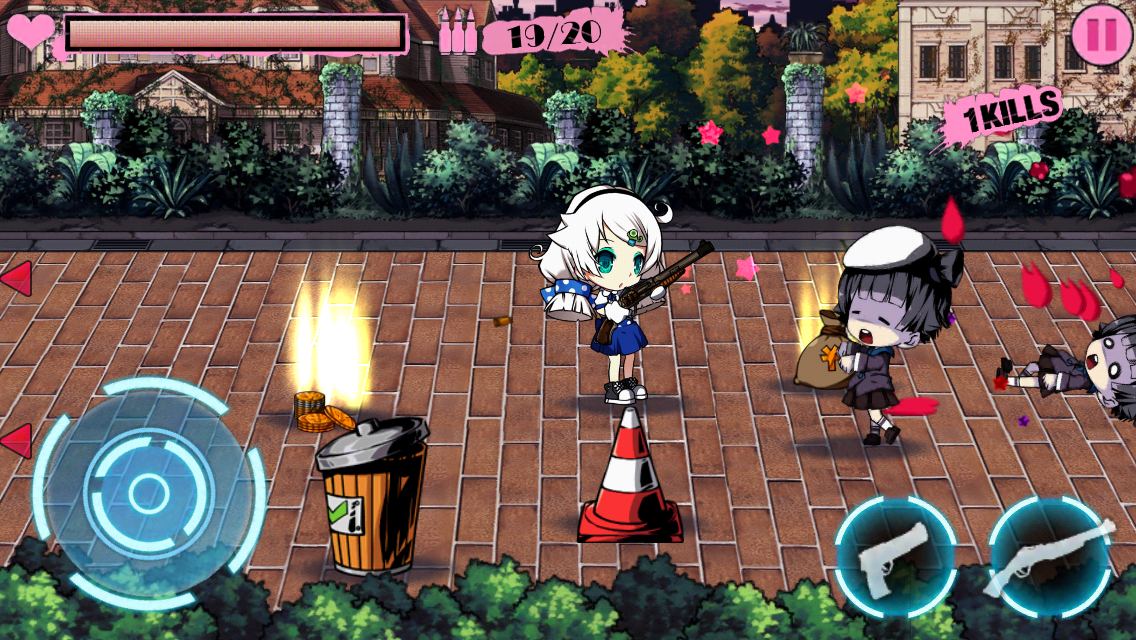Richard George, over at IGN, describing a conversation with Nintendo President Satoru Iwata:
"From some people’s perspective, it might seem like a kind of restriction. However, we hope people can appreciate the fact that we’re selling our products worldwide," Iwata told me, acknowledging that Nintendo has "historically" worked with region-locked systems. "There are many different regions around the world, and each region has its own cultural acceptance and legal restrictions, as well as different age ratings. There are always things that we’re required to do in each different region, which may go counter to the idea that players around the world want the freedom to play whatever they want. "
Nintendo, quite frankly, is dancing around the issue here. Rather than admitting that it region-locks its games as an effort in market segmentation, they are trying to hide behind vaguely described 'cultural' and 'legal' reasons. Folks, that is rubbish. Sony and Microsoft seem to have found a way around requiring region-locking, as have the makers of PC games. As noted in the IGN article, the original Nintendo DS and DS Lite did not have region-locking.
Region-locking is a valid tool for generating higher profits by segmenting the market for a product. In the case of videogames, this has allowed Nintendo to keep the USA, Japan, and Europe markets (among others) separate from each other. Games from one region do not work on consoles from another region, which allows Nintendo to price games differently depending on the market. If one market is more price conscious than another, then Nintendo can safely price a game lower in that market without worrying too much about that lower price hurting its profit margins in other markets.
Market segmentation, and by extension, region-locking, is a valid business move that is not in any way sleazy or unethical. Videogame console buyers are not necessarily entitled to playing videogames available in other regions. This can, of course, be frustrating if you happen to want games that are not available in your region. However, the best path to change this situation isn't to sit back and complain but instead to spend your money on platforms that don't have region-locking restrictions. This is the best way to make a business understand that you, the consumer, truly care about freedom of choice.
Folks, I can't emphasize this enough--vote with your wallets.


